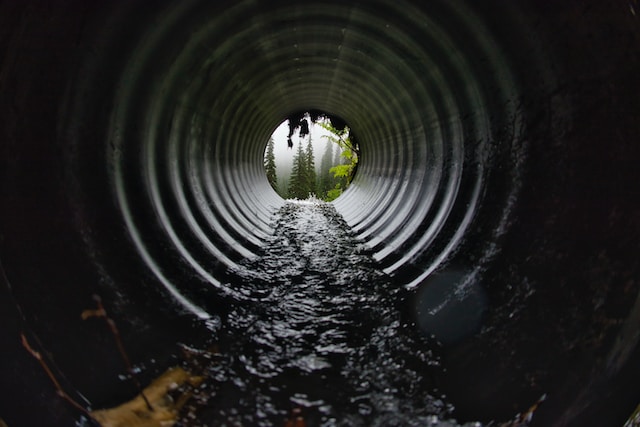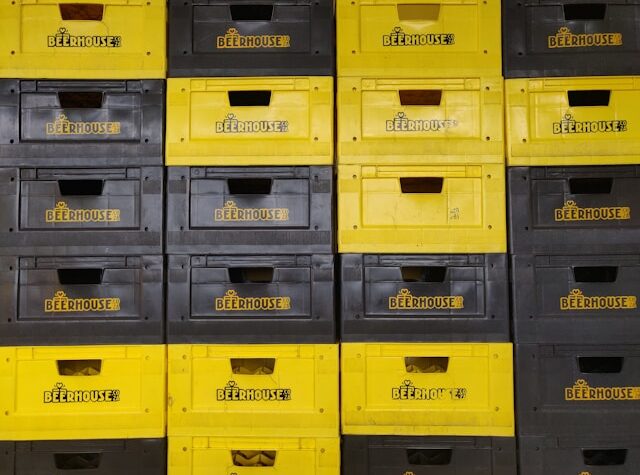
Regular sewer line maintenance is one of the best ways to keep your pipes working properly and prevent costly repairs. If you notice recurring blockages in your toilet or sinks, you may have an issue with your sewer system that must be fixed immediately.
Sewer pipe lining is a minimally invasive method for repairing sewer lines without excavating or digging. This process includes inserting new pipe tubing saturated in epoxy into existing piping.
No Excavation or Digging Required
Regular sewer pipe lining maintenance is crucial to ensure that your pipes last a long time and are in good working order. It can help prevent the need for extensive repair or replacement work.
Sewer lines are essential to sanitizing your home and are free of foul odors. A broken or clogged line can lead to problems such as reduced flow, pooling, unpleasant smells, and hazardous materials entering your yard.
Call a plumber if your sewer lines are leaking, rusted, or damaged or if you want to learn about pipe lining systems. They can replace them before they cause more damage to your property or cause health issues for you and your family.
Professionals use several methods to repair and replace your sewer pipes, depending on your needs. Each method has pros and cons, so knowing the differences is essential.
Open-Top Excavating
This excavation method is more reliable and cost-effective for repairing a sewer pipe. However, it takes much time to complete and requires workers to dig up your lawn to reach your damaged tubes.
Trenchless – Cured In Place (CIP) Lining
This trenchless sewer pipe lining technique is the least invasive and most effective way to restore your pipeline’s function. It uses an epoxy-saturated felt tube to replace your sewer pipe’s damaged lining. Once the new line is inserted into the old, it’s cured with heat or UV light to form a durable wall coating strong enough to last for decades.
Less Downtime for Water Operations
Regular sewer pipe lining maintenance can keep your home’s sewer lines working at their peak. It can also help keep your pipes in good condition for years.
Trenchless sewer pipe lining is a cost-effective way to repair your clogged and damaged sewer lines without digging up your yard, sidewalk, or tree roots. It is also much quicker than digging and replacing your sewer line manually.
The trenchless pipe lining method involves inserting epoxy-saturated liners into your old, corroded sewer pipes and inflating the liners to form new, cured-in-place pipe (CIPP). Once cured, the CIPP liners create a permanent seal lining your old sewer line.
Sometimes, CIPP liners can even increase your sewer’s flow capacity. This is especially important for areas with high volumes of water, such as large homes or businesses.
Another benefit of trenchless pipe lining is that it’s environmentally friendly and safe. It’s also a less expensive option than traditional sewer repair methods, and it can be used to fix virtually any type of sewer line problem.
If your sewer line is leaking, damaged, or clogged, it’s vital to have a professional inspect and repair it as soon as possible. A clogged sewer can lead to more severe problems that will cost you money in the long run.
Save Money in the Long Term
Regular sewer pipe lining maintenance can help you avoid costly repairs in the long run. It can also save money by reducing labor and material costs per meter, which can add up over time.
The cost of sewer pipe lining depends on the type of piping used and the length of the section being repaired. Polyvinyl chloride, or PVC, pipes are commonly preferred because they are inexpensive and easy to install. Other popular materials include copper and cast iron.
Another trenchless method of repairing cracked sewer pipes is cured-in-place pipe lining (CIPP). A soft, epoxy-coated liner is inserted into the damaged section and then inflated, creating a new firm, sealed inner surface within a cracked section of pipe.
In addition to avoiding excavation, CIPP doesn’t release chemicals or other contaminants into the environment. This means it is a safer choice for the environment, as well as for your property and your family.
Other ways to avoid expensive sewer pipe lining maintenance are to prevent root damage by keeping trees and their roots away from the line and scheduling annual inspections. In addition, regular cleanings can help avoid clogs by clearing debris from the bar and flushing it down the drain.
Increased Durability
Regular sewer pipe lining maintenance can keep your piping system in great shape for years. Roots and other natural causes can damage or crack your sewer pipes, but a pipe liner is designed to withstand these elements without breaking or falling apart.
It’s also a much more cost-effective option than the alternative of replacing your entire sewer line. Replacing your sewer system can require digging, a process no homeowner wants to go through. It can take weeks to complete, and your family might even have to stay away from their home while it’s being worked on.
Instead, professional plumbers can perform a trenchless sewer repair that’s both fast and long-lasting. They can finish the work in less than two days, and the new lining will last up to fifty years.
One of the best things about this type of repair is that it doesn’t entail any damage to your property. It merely involves inserting a flexible tube filled with epoxy resin into your existing pipe and curing it for security.
Cured-in-place lining (CIPP) is a popular method that allows professionals to repair damaged pipes without digging up your yard. A soft, epoxy-coated liner is inserted into the tube and then inflated. Once the liner has cured, it creates a new, functional line inside your damaged one.





More Stories
Say Goodbye to Stains: Hire a Professional For an Effective Rug Cleaning
5 Essential Tips For Proper Appliance Installation in Your Kitchen
The Psychology of Packaging: How Design Solutions Influence Consumer Behavior